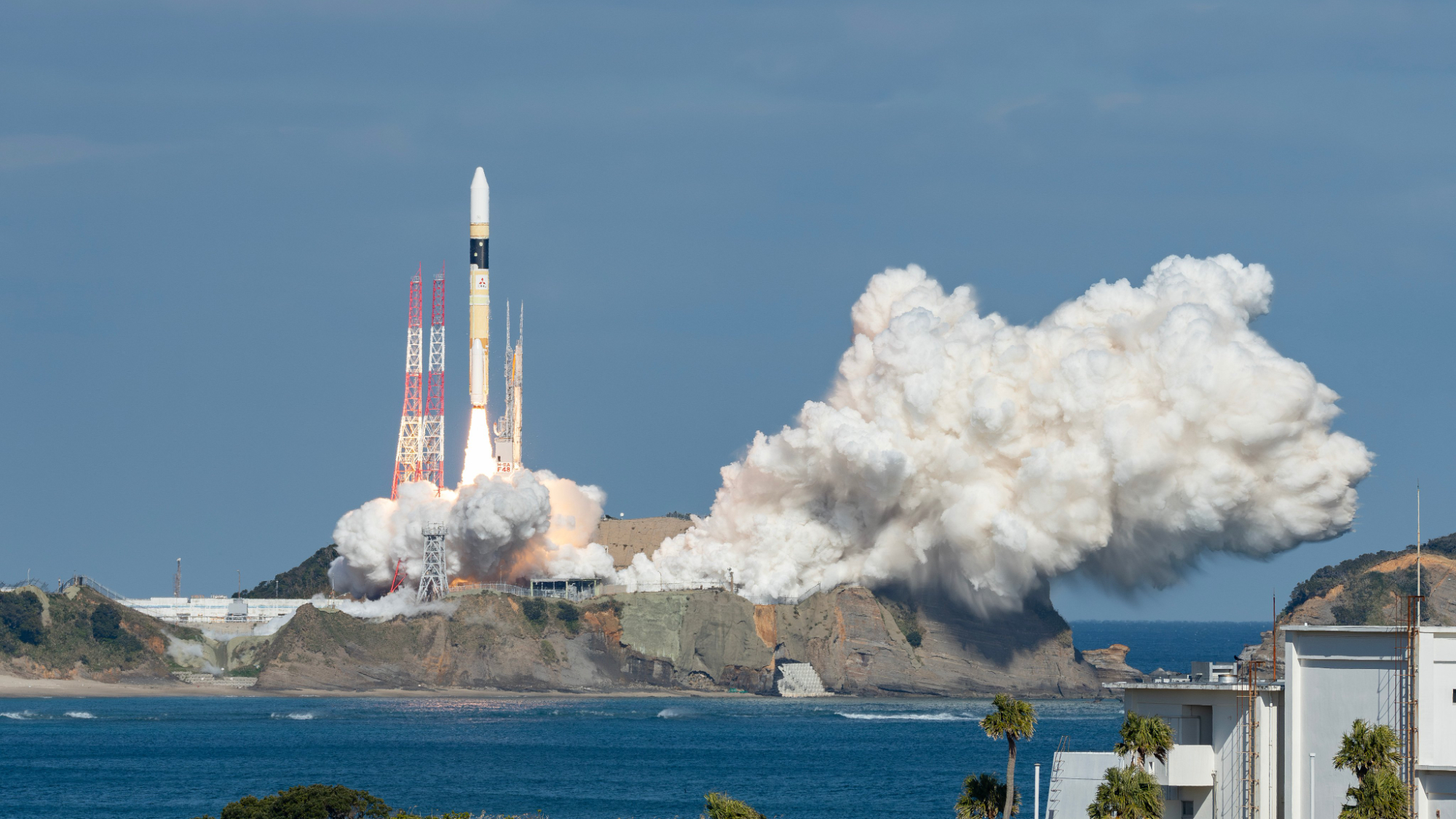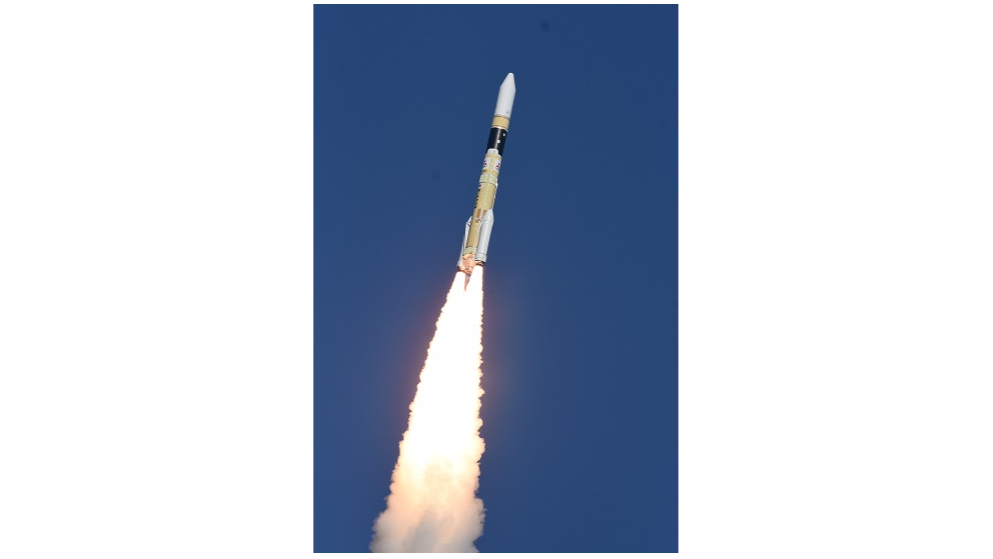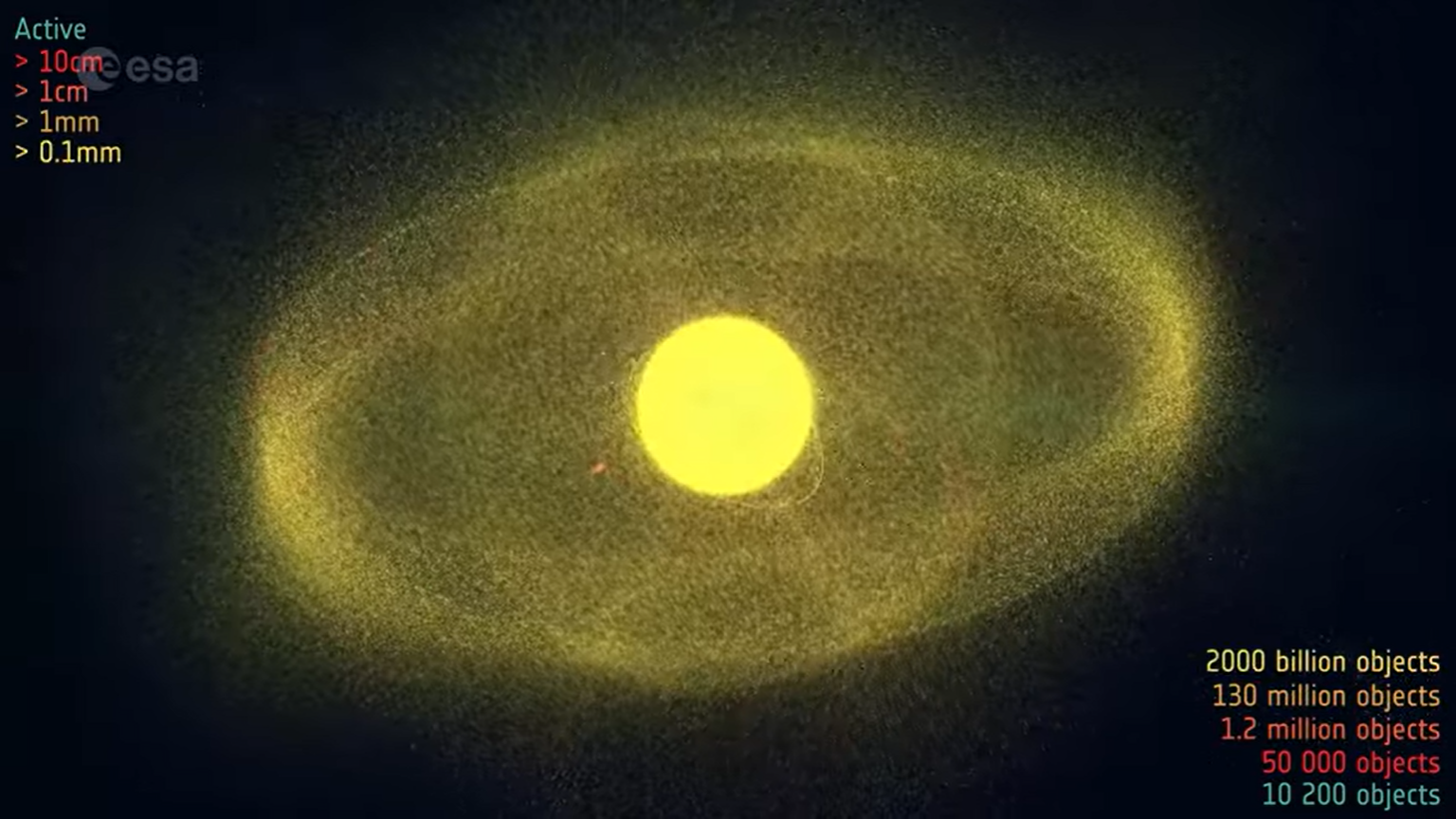Japan's 1st launch of 2024 sends spy satellite to orbit (photos)

Japan's first launch of 2024 is in the books.
An H-2A rocket topped with a reconnaissance satellite called IGS Optical 8 lifted off from Tanegashima Space Center on Thursday (Jan. 11) at 11:44 p.m. EST (0444 GMT and 1:44 p.m. local Japan time on Jan. 12).
Everything went smoothly, according to Mitsubishi Heavy Industries, which built and operates the H-2A.
"It was confirmed that the rocket flew as planned and successfully separated Information Gathering Satellite Optical No. 8," the Tokyo-based company wrote in a post-launch update (in Japanese; translation by Google).
Related: The history of rockets
That update was brief, providing little other information, which isn't surprising given that IGS Optical 8 is a spy satellite. Like the other spacecraft in the IGS series, it will be operated by the Japanese government's Cabinet Satellite Information Center.
IGS Optical 8's target orbit was a 310-mile-high (500 kilometers) sun-synchronous path, according to EverydayAstronaut.com. This type of orbit is popular with spy satellites because it offers consistent lighting conditions, making it easier to detect how a spot on Earth's surface changes over time.
Breaking space news, the latest updates on rocket launches, skywatching events and more!
The IGS satellites serve "both Japan's national defense and civil natural disaster monitoring," EverydayAstronaut.com wrote. "Some of them operate as optical sensing devices and others use radar (IGS Radar #) to study the target area on the ground. Reports suggest that these satellites are capable of achieving a ground resolution better than 40 cm (~1.3 ft)."
Thursday night's liftoff was the 48th overall for the H-2A, which debuted in 2001. The rocket has failed only once to date, during the November 2003 launch of the IGS 2 satellite.
The most recent H2A mission came in September 2023, when the rocket sent Japan's XRISM X-ray space telescope to Earth orbit and its robotic SLIM lander toward the moon.
SLIM ("Smart Lander for Investigating Moon") arrived in lunar orbit on Christmas Day as planned and is set to touch down on Jan. 19. Success in that effort would be huge, making Japan just the fifth nation — after the Soviet Union, the U.S., China and India — to soft-land a craft on the moon.

Michael Wall is a Senior Space Writer with Space.com and joined the team in 2010. He primarily covers exoplanets, spaceflight and military space, but has been known to dabble in the space art beat. His book about the search for alien life, "Out There," was published on Nov. 13, 2018. Before becoming a science writer, Michael worked as a herpetologist and wildlife biologist. He has a Ph.D. in evolutionary biology from the University of Sydney, Australia, a bachelor's degree from the University of Arizona, and a graduate certificate in science writing from the University of California, Santa Cruz. To find out what his latest project is, you can follow Michael on Twitter.

